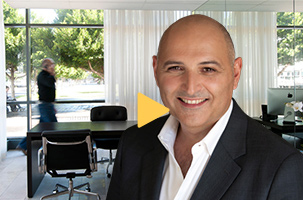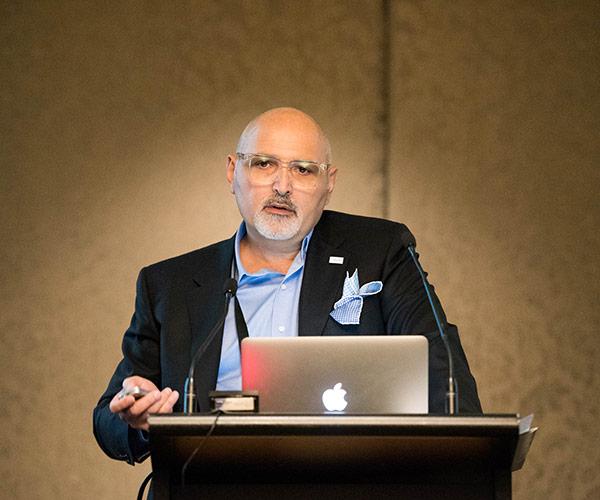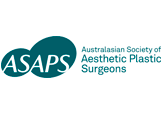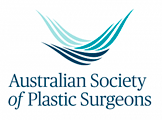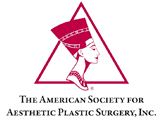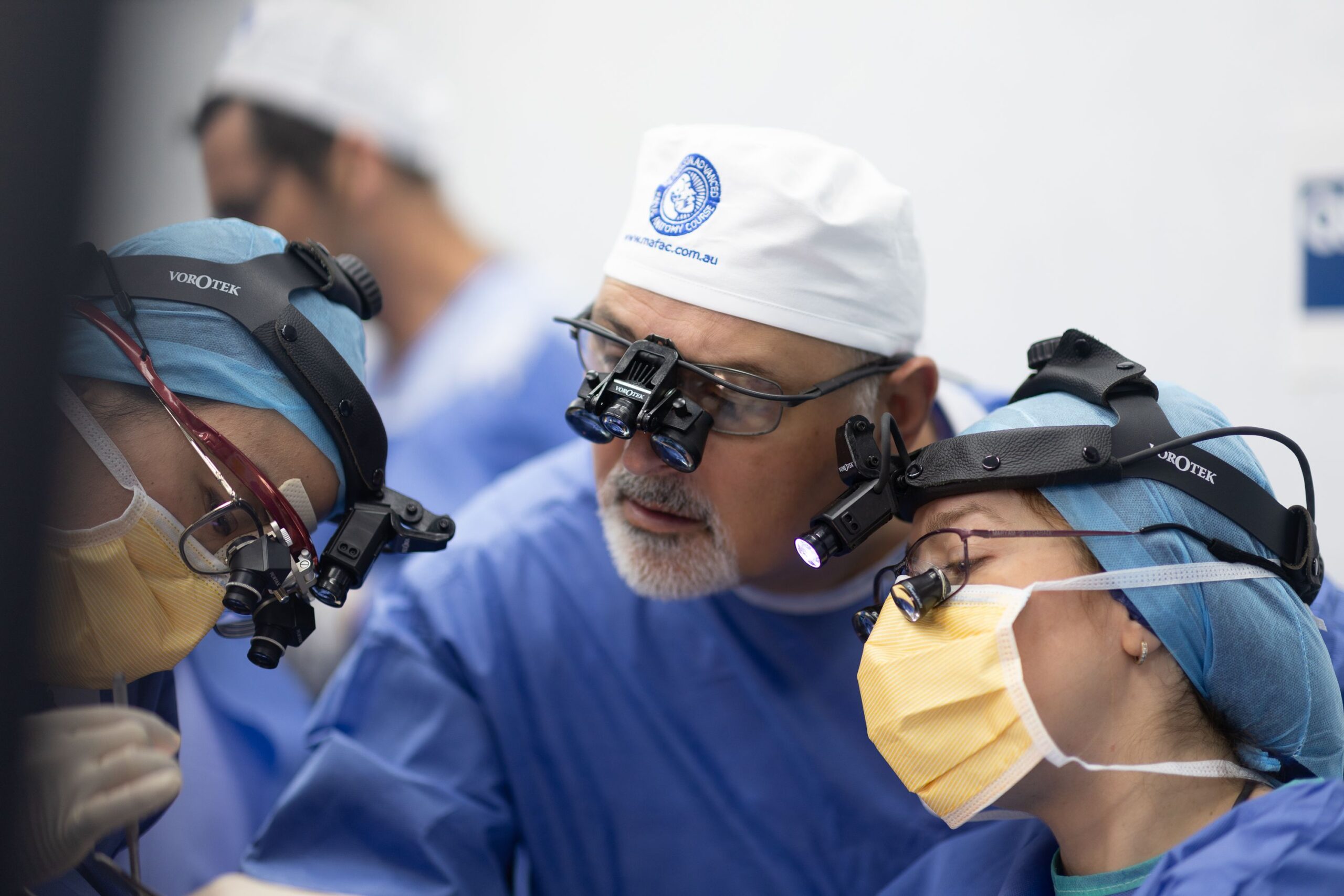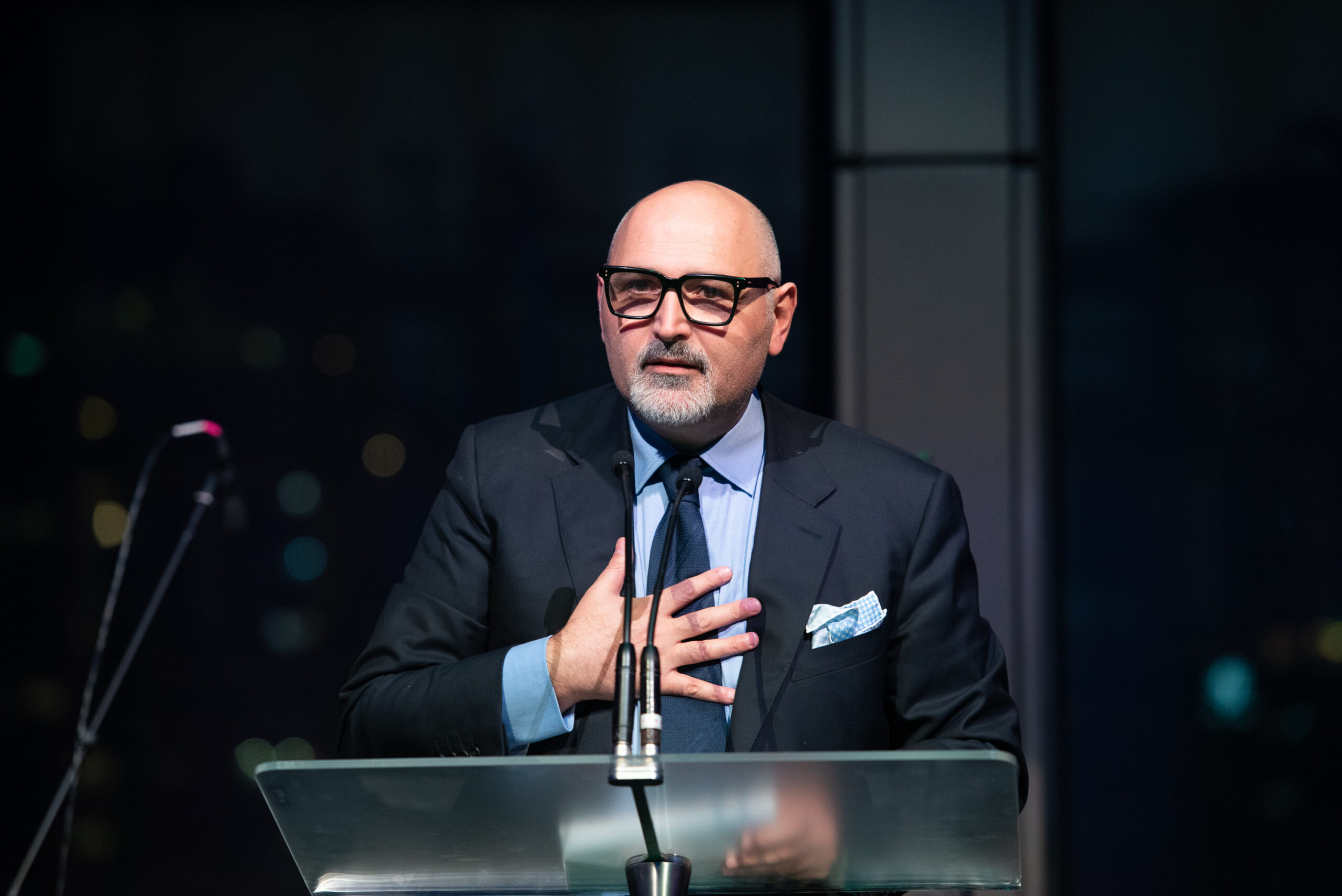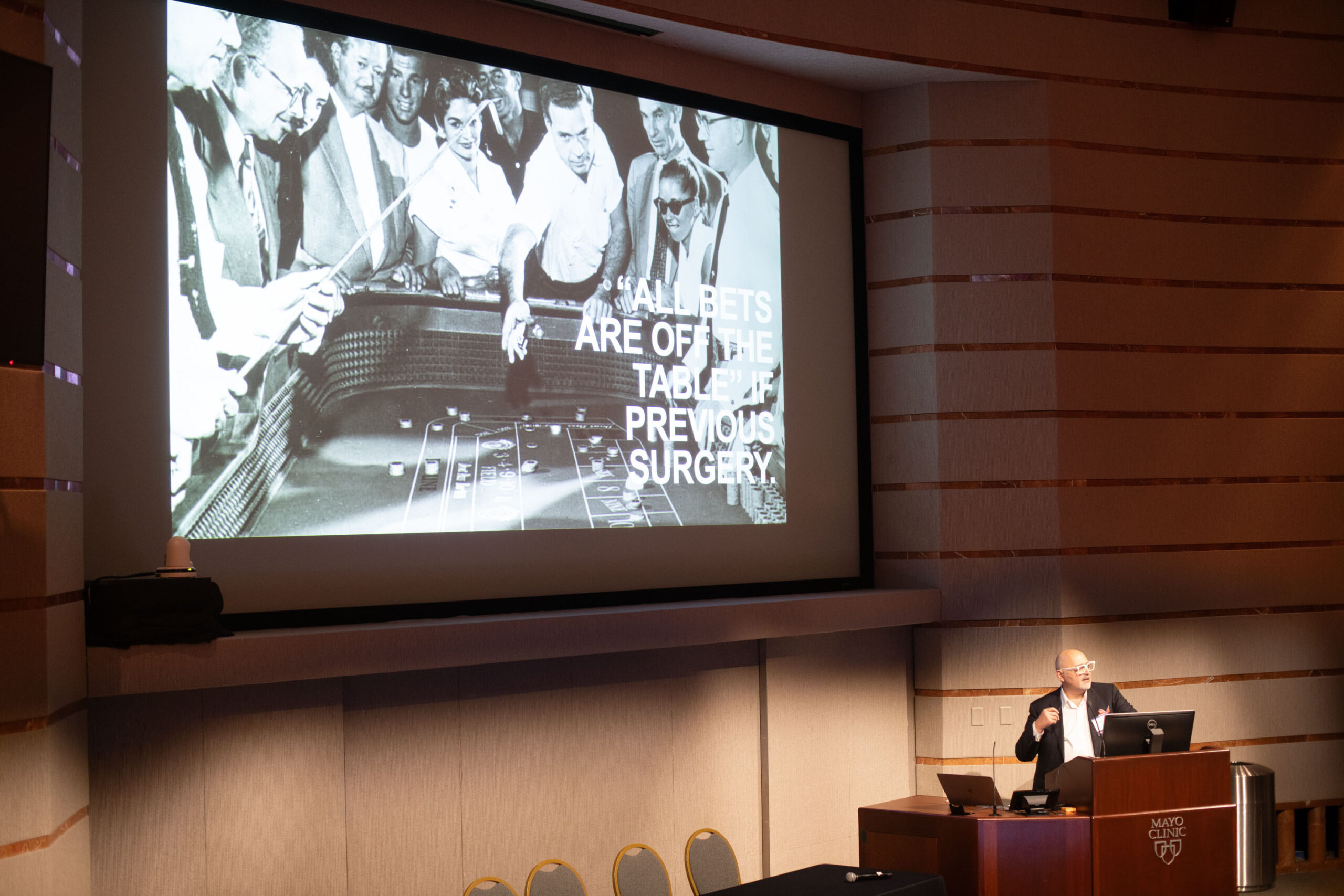Quick Facts
- Procedure Duration: 1–2 hours.
- Anaesthesia: Local anaesthesia (adults) or general anaesthesia (children).
- Hospital Stay: Day surgery (no overnight stay required).
- Results: Immediate improvement; final results visible after the swelling subsides (6–8 weeks).
- Longevity: Permanent, with rare cases requiring revision.
- Best Candidates: Healthy children (5 years or older) or adults with prominent, asymmetrical, or misshapen ears.
What to Expect
Before Surgery:
During your consultation with Dr. Tim, your ears will be thoroughly assessed, and a personalised surgical plan will be developed. This is also an opportunity to discuss your goals, ask questions, and learn about the recovery process. Pre-operative instructions, such as avoiding certain medications, will be provided.
During Surgery:
Otoplasty is performed in a fully accredited surgical facility. Small incisions are made behind the ear to access the cartilage. The cartilage is reshaped, repositioned, or removed as necessary to achieve a balanced, proportional appearance. The incisions are then closed with fine sutures, and a protective dressing is applied to support the ears during the initial healing phase.
After Surgery:
Mild discomfort, swelling, and bruising are normal parts of the healing process. At your follow-up appointment, the protective dressing will be removed, and you will be advised to wear a headband to support your ears during recovery.
Risks
Otoplasty is generally safe, but as with any surgical procedure, it carries potential risks, including:
- Swelling and bruising.
- Temporary numbness or discomfort around the ears.
- Infection at the incision site.
- Scarring (usually minimal and well-hidden).
- Asymmetry or minor irregularities in ear shape.
- Rare cases of overcorrection or recurrence of prominence.
Recovery Tips
- Follow Post-Operative Instructions: Adhere strictly to Dr. Tim’s aftercare guidelines for optimal healing.
- Wear a Headband: Use a soft headband to protect the ears and maintain their position, especially while sleeping.
- Avoid Strenuous Activities: Refrain from activities that might strain or injure the ears for at least 4–6 weeks.
- Keep the Incision Area Clean: Clean the incision sites gently and as instructed to prevent infection.
- Manage Swelling: Apply cold compresses as recommended to reduce swelling.
- Sleep on Your Back: Avoid sleeping on your sides to prevent pressure on the ears.

